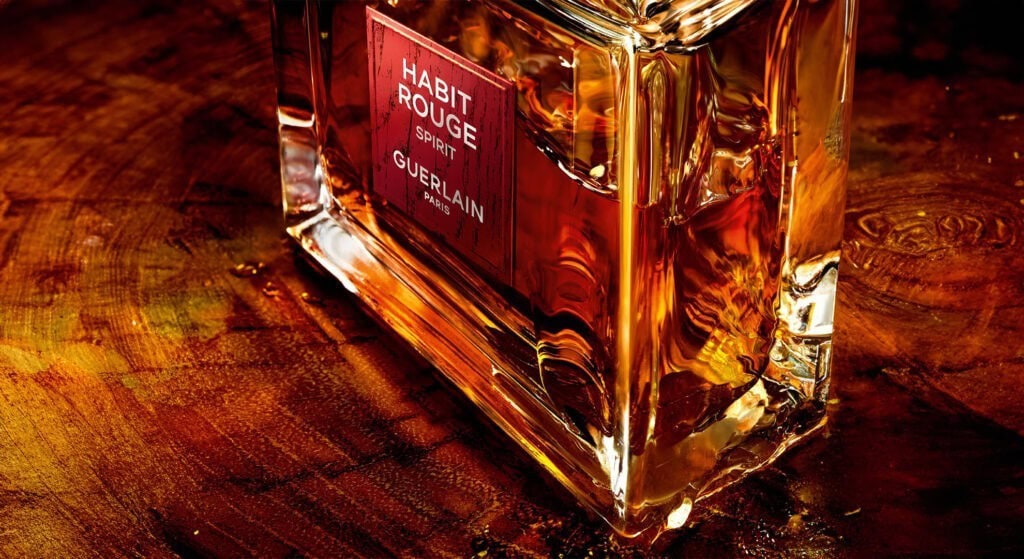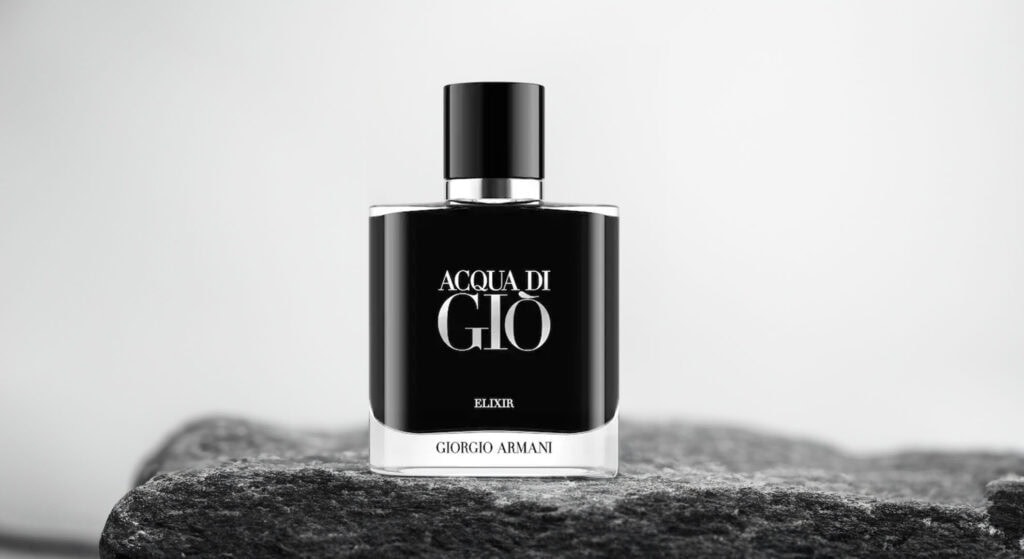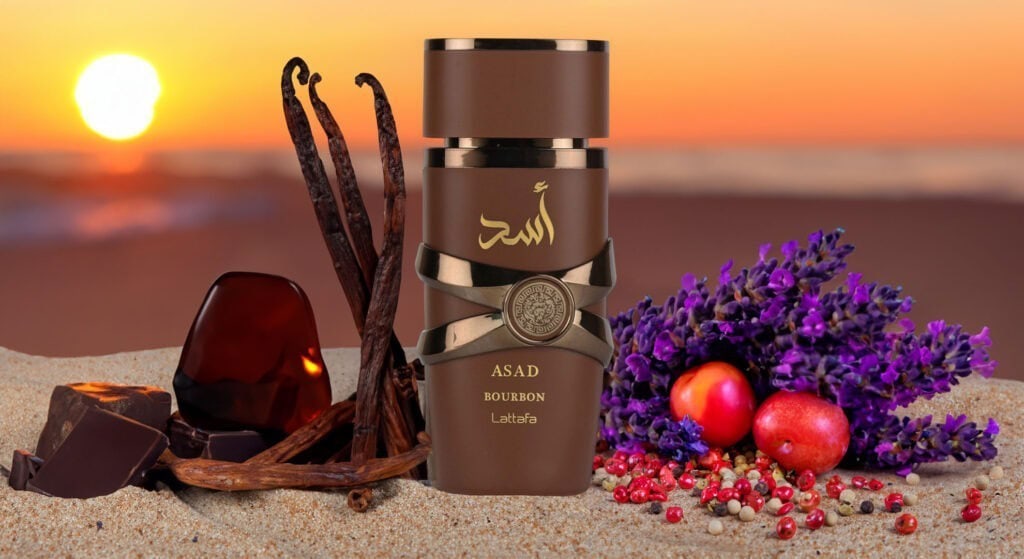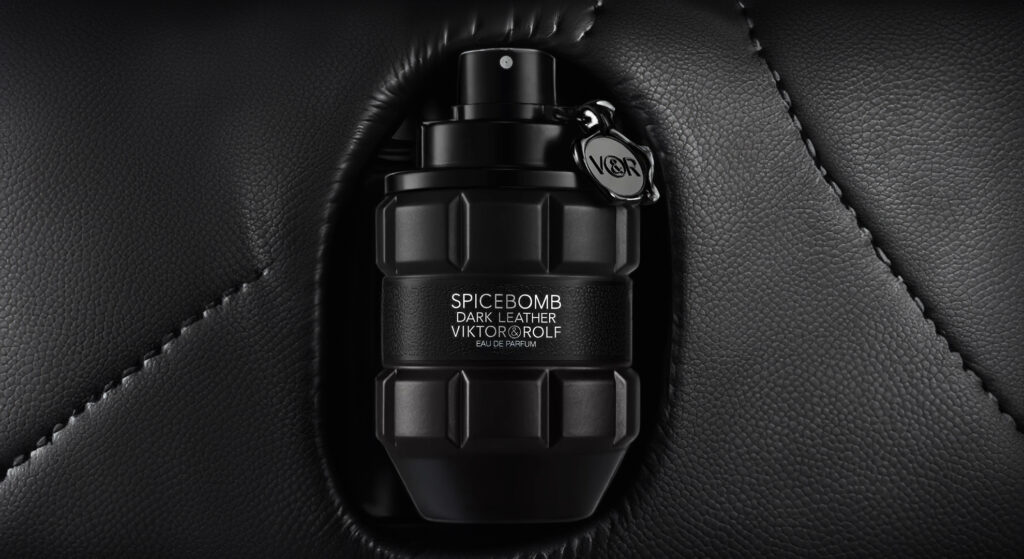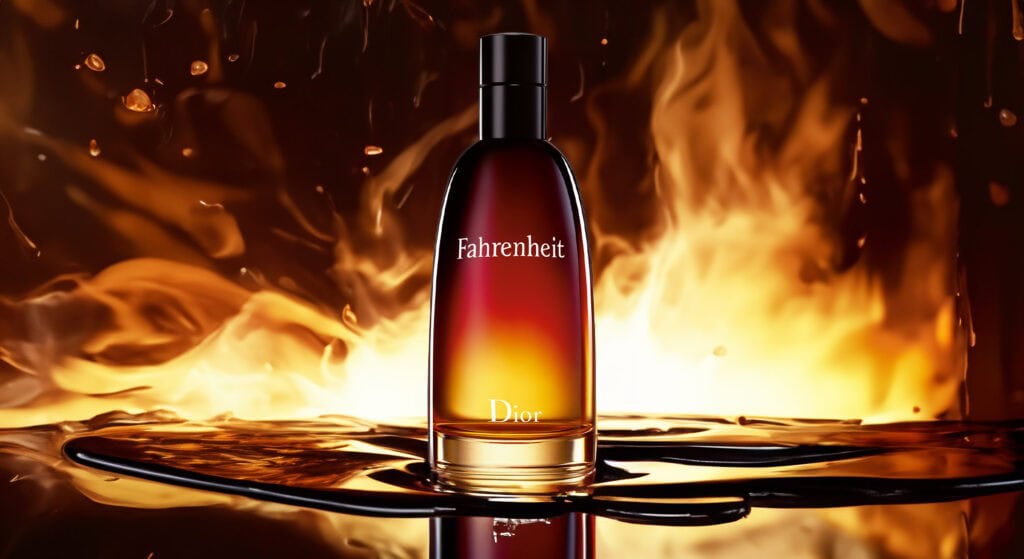The Spicy Allure of Nutmeg in Perfumery: Crafting Warmth and Complexity
Nutmeg, with its warm, spicy, and slightly sweet aroma, is a cherished ingredient in the world of perfumery. Often associated with comfort, richness, and exotic allure, nutmeg adds a layer of complexity and warmth to fragrances that can range from spicy and woody to gourmand and oriental. This article delves into the journey of nutmeg from extraction to its role in blending, and highlights some of the most iconic fragrances where nutmeg is a key player.
Extracting the Essence of Nutmeg for Perfumery
Nutmeg is derived from the seed of the Myristica fragrans tree, native to the Banda Islands in Indonesia. The seed itself is rich in essential oils that are prized for their aromatic qualities, and the extraction process is critical to capturing its full olfactory potential.
- Steam Distillation: The most common method for extracting nutmeg essential oil is steam distillation. In this process, the dried nutmeg seeds are subjected to steam, which vaporizes the volatile oils contained within. The steam carrying the aromatic compounds is then condensed, separating the essential oil from the water. The resulting oil is warm, spicy, and slightly woody, with a characteristic sweetness that makes it a versatile component in perfumery.
- Cold Pressing: Although less common, cold pressing can also be used to extract nutmeg oil, particularly when the goal is to obtain a more subtle and delicate aroma. This method involves mechanically pressing the nutmeg seeds to release their oils, resulting in a lighter, fresher scent profile compared to the richer aroma produced by steam distillation.
- CO2 Extraction: A more modern technique, CO2 extraction, uses supercritical carbon dioxide to extract nutmeg’s aromatic compounds. This method captures the full complexity of nutmeg’s scent, producing an oil that is highly concentrated and true to the raw material’s natural aroma, with enhanced depth and intensity.
The Art of Blending Nutmeg in Fragrances
Nutmeg’s distinctive aroma makes it a versatile ingredient that can be used in a variety of fragrance compositions. Its warm, spicy notes add depth, richness, and a touch of exoticism to many types of scents.
- Spicy and Oriental Fragrances: Nutmeg is a key player in many spicy and oriental perfumes, where it blends seamlessly with other warm, rich notes like cinnamon, clove, and cardamom. In these compositions, nutmeg adds a subtle sweetness and a touch of warmth that enhances the exotic character of the fragrance. Yves Saint Laurent’s Opium is a classic example, where nutmeg is part of a complex blend of spices, florals, and resins, creating a scent that is both luxurious and sensual.
- Woody and Earthy Scents: In woody fragrances, nutmeg can add a spicy, earthy undertone that complements the depth of woods like cedar, sandalwood, and patchouli. The warm spiciness of nutmeg enhances the natural richness of these woods, creating a fragrance that is both grounding and intriguing. Tom Ford’s Noir showcases nutmeg’s ability to enrich a woody composition, adding complexity to its blend of black pepper, vanilla, and vetiver.
- Gourmand Blends: Nutmeg’s warm, sweet-spicy aroma also makes it an excellent addition to gourmand perfumes. When paired with notes like vanilla, tonka bean, or chocolate, nutmeg adds a layer of warmth and spice that balances the sweetness of these edible notes, creating a scent that is both comforting and sophisticated. Serge Lutens’ Five O’Clock Au Gingembre is a perfect example, where nutmeg is blended with ginger, honey, and cacao for a warm, spicy, and slightly sweet fragrance.
- Citrus and Fresh Accords: Although it might seem unexpected, nutmeg can also work well in fresh and citrusy fragrances. When combined with bright notes like bergamot, lemon, or orange, nutmeg adds a spicy contrast that deepens and enriches the freshness of the citrus. Jo Malone’s Nutmeg & Ginger uses nutmeg to add warmth and complexity to its otherwise fresh and zesty composition, creating a scent that is both invigorating and cozy.
Iconic Fragrances Featuring Nutmeg
Nutmeg has been a crucial element in many iconic fragrances, contributing its warm, spicy, and slightly sweet notes to create scents that are memorable and enduring.
- Yves Saint Laurent Opium: This legendary fragrance is renowned for its rich, spicy composition, where nutmeg plays a vital role alongside other spices, florals, and resins. The result is a deep, exotic scent that has become synonymous with luxury and sensuality.
- Tom Ford Noir: In this fragrance, nutmeg is used to add warmth and complexity to a blend of black pepper, vanilla, and vetiver. The result is a sophisticated and rich scent that is both modern and timeless.
- Serge Lutens Five O’Clock Au Gingembre: Nutmeg is a star ingredient in this gourmand fragrance, where it is blended with ginger, honey, and cacao. The result is a warm, spicy, and sweet scent that is comforting and sophisticated.
- Jo Malone Nutmeg & Ginger: This fragrance pairs nutmeg with ginger and citrus, creating a fresh yet spicy scent that is both invigorating and cozy. It’s a perfect example of how nutmeg can add depth and warmth to a lighter, fresher composition.
A Fragrant Legacy
Nutmeg’s warm, spicy, and slightly sweet aroma has made it a beloved ingredient in perfumery, adding complexity, depth, and a touch of exotic allure to a wide range of fragrances. Whether enriching spicy orientals, grounding woody scents, enhancing gourmand blends, or adding warmth to fresh citrus compositions, nutmeg is a versatile and indispensable note in the world of fragrance. Iconic perfumes like Yves Saint Laurent’s Opium, Tom Ford’s Noir, and Serge Lutens’ Five O’Clock Au Gingembre showcase the enduring appeal of nutmeg, proving that its role in perfumery is as timeless and captivating as the spice itself.


